- A refined analysis method has enabled direct identification of two distinct defect types—deep-level (slow) and shallow-level (fast) defects—in silicon heterojunction solar cells, rather than a single defect as previously assumed.
- These defects' characteristics and transformations, influenced by hydrogen and fabrication conditions, are now better understood, supporting targeted passivation and efficiency improvements.
A joint research team has successfully identified, for the first time, the specific types of defects responsible for efficiency loss in silicon heterojunction (SHJ) solar cells.
The findings, published in the journal Advanced Functional Materials, are expected to significantly contribute to improving solar cell efficiency when combined with defect-suppression (passivation) techniques.
Understanding defects and analysis methods
Various defects that occur within solar cells cause losses and reduce both conversion efficiency and power output. To prevent this, passivation techniques, such as applying surface coatings, are used to control these defects. For passivation to be applied effectively, it is essential to fully understand the types and characteristics of the defects present in each solar cell.
The conventional defect-analysis method known as Deep Level Transient Spectroscopy (DLTS) applies a short voltage pulse to the solar cell, temporarily altering its electronic properties, and then analyzes the device by measuring its response as it returns to its normal state (transient response).
However, because the time it takes for the device to relax back to equilibrium is extremely short, on the order of milliseconds, previous approaches typically measured only two points: once immediately after the voltage pulse and once when the device had fully returned to its steady state, rather than capturing the entire transient response.
This approach is suitable for analyzing devices with simple structures, but because it does not capture the full transient response, it is not appropriate for devices such as silicon heterojunction solar cells, which contain multiple, complex defects.
As a result, even until recently, the defects and characteristics of silicon heterojunction solar cells could only be inferred indirectly, making it difficult to determine their true nature.
Breakthrough in defect identification
To address this limitation, the research team, led by Dr. Hee-Eun Song of the Photovoltaics Research Department at the Korea Institute of Energy Research (KIER) and Prof. Ka-Hyun Kim of the Department of Physics at Chungbuk National University (CBNU), refined the conventional analysis method and proposed a new interpretation technique capable of examining the solar cell’s entire transient response.
Through this approach, they discovered that the key defect in heterojunction solar cells, previously assumed to be a single type, is in fact a superposition of two distinct defects.
In other words, they have, for the first time, identified that defects in silicon heterojunction solar cells exist in two combined forms.
The two defect types identified by the research team are a slow component (deep-level defect) and a fast component (shallow-level defect). By analyzing each component separately, the team extracted various defect characteristics, such as the defect energy level, spatial location within the device, and atomic bonding configuration.
This demonstrates that, for effective integration with passivation technologies, both quantitative evaluation (e.g., increases or decreases in defect density) and qualitative assessment focused on the defects’ impact on device performance are critically important.
The research team also found that the two types of defects can undergo changes in atomic bonding configuration depending on the solar cell’s fabrication process and device operation conditions.
Implications for future solar cell development
In particular, they experimentally demonstrated that hydrogen present within the solar cell plays a key role in driving these defect-state transformations.
Dr. Hee-Eun Song of the Photovoltaics Research Department at KIER stated, “We expect that this study will accelerate the development of high-efficiency silicon heterojunction solar cells and, furthermore, enable us to realize world-class tandem solar cells using KIER’s proprietary technologies.”
Professor Ka-Hyun Kim of the Department of Physics at Chungbuk National University said, “This study provides a fundamental understanding of the relationship between defects and passivation,” adding that “the developed analysis method can be extended not only to solar cells but also to a wide range of semiconductor and display applications, including sensors, LEDs, and CMOS devices.”
The joint research was conducted using SHJ solar cells fabricated at the Center for Advanced Solar PV Technology (CAST) at KIER, and the DLTS measurements were analyzed at CBNU. The results of this work provide a solid foundation for high-efficiency tandem solar cells.
Publication Referenced in the Article:
Do Hoe Kim et al, Unraveling Mixed‐Defect Transformations and Passivation Dynamics in Silicon Heterojunction Solar Cells, Advanced Functional Materials (2025). DOI: 10.1002/adfm.202508814
This article has been adapted from source material published by the National Research Council of Science and Technology.





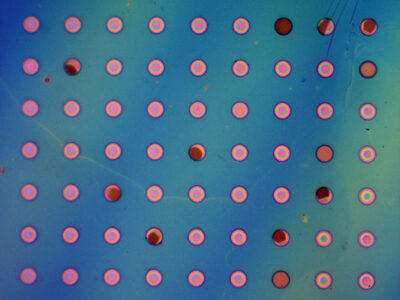
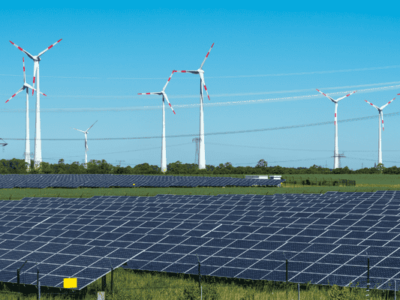
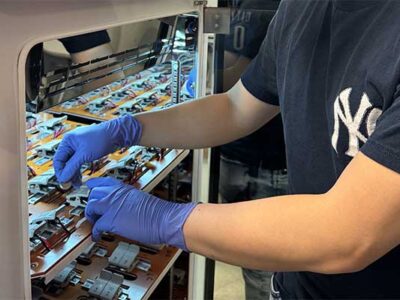
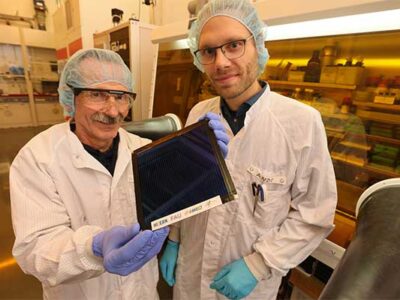


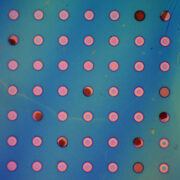

Comments